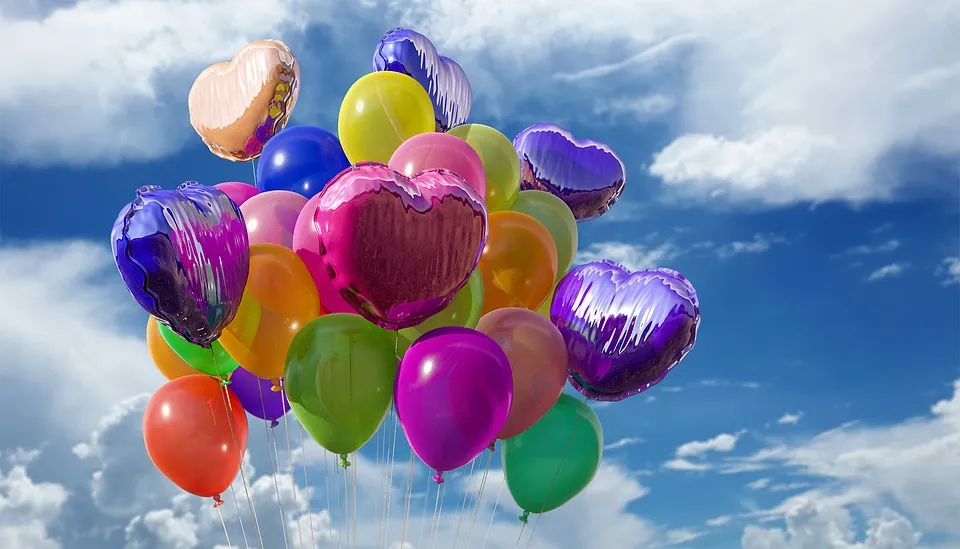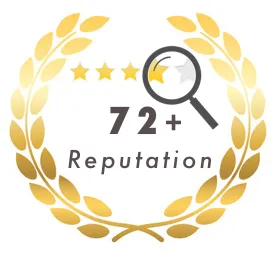We all have heard of the potential dangers of plastic. And how our food and drinks that are in plastic containers can potentially have harmful plastic chemicals in it. But How do we live a plastic-free life, When Plastic is in almost Everything?
While I am not completely plastic free, Hopefully, I will be one day, I have been doing my research on it, To get a better understanding.
Not only are plastics bad for the environment but they can also be bad for our health.
What do the numbers on the bottom of the plastic containers mean?
You may have noticed that many plastic things have numbers at the bottom, What do they mean?
Plastic #1
Are PET Plastics. This plastic should not be used more than once. It can often absorb flavors from food or drinks in them. These plastics can cause leaching, When at high or low temperatures.
Some examples of this plastic in use are: Drink bottles, Combs, Bean bags, Rope.
So you probably shouldn't reuse that soda bottle, As a waterbottle anytime soon...
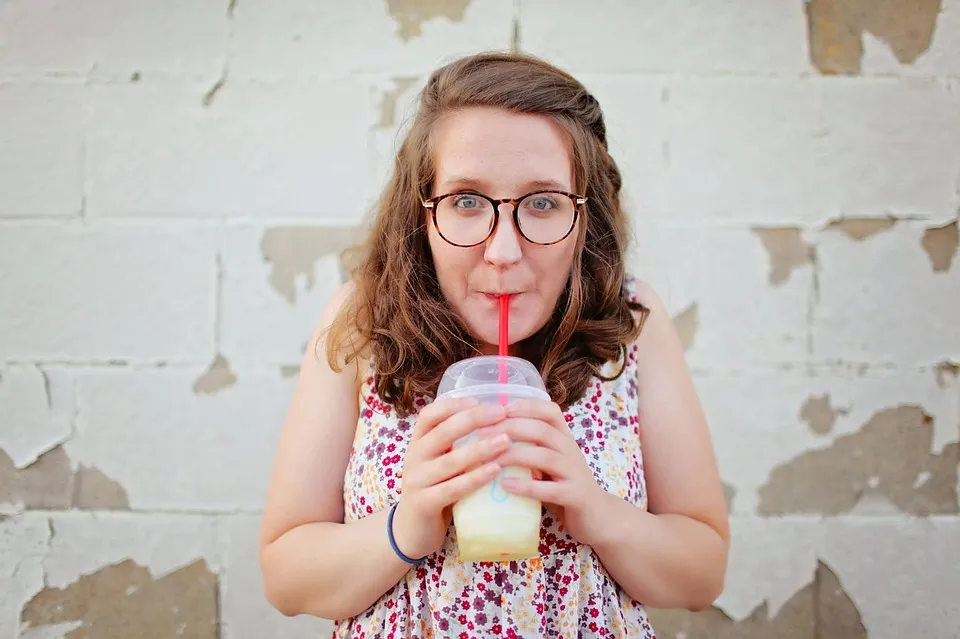
Plastic #2
Polyethylene or HDPE
These are safer than other plastics. They are known to not leech in food or drinks.
Some examples of it's uses would be motor oil, milk cartons.
THis is one of the safest plastics you can use
Plastic # 3
Polyvinyl Chloride, Or PVC
This is very harmful plastic and should be avoided whenever possible. These are not often recycled. Plastic #3 should never come in contact with food.
This is typically in Plumbing, Pipes, And tiles. Shower curtains, and Cling wrap. (Scary)
Plastic # 4
Low-Density Polyethylene (LDPE)
This is also plastic that is not commonly recycled. It tends to be durable and flexible. Not known to release harmful chemicals. This is considered to be one of the safer plastics.
This tends to be in
Plastic Wrap, Sandwich bags, Squeezable bottles, and Grocery bags.
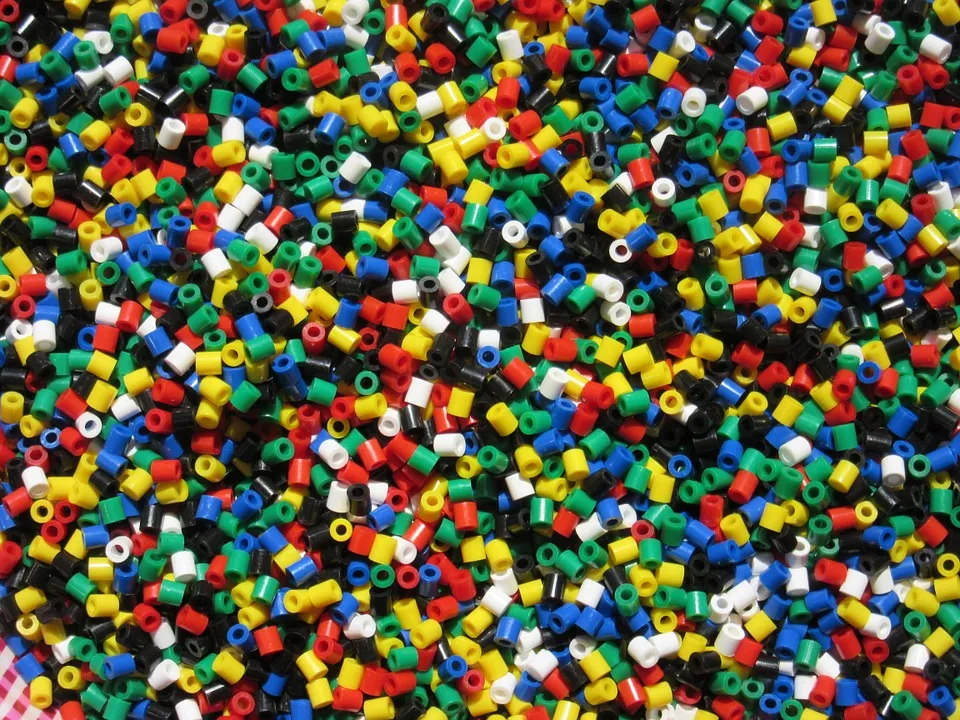
Plastic #5
Polypropylene
This is a stronger plastic that can withstand higher temperatures.
Just because this plastic will NOT warp in the microwave, It doesn't mean you should use it that way. Try and use glass. When heating up food.
It's also recommended that you handwash it too.
It's considered a safe plastic overall though.
Commonly found in, Tupperware, Butter, and dairy containers, Bottle caps.
Plastic #6
PolyStyrene
Or Styrofoam.
This is not a very good plastic Because It's not recycled effectively. When recycled it requires lots of energy.
This plastic is very bad for your health and should be avoided. Consider bringing your "To-Go" boxes at restaurants, And avoid using the plastic cutlery.
This is in disposable coffee cups, Plastic food boxes, Packing foam, Cutlery.
Styrene is classified as a possible human carcinogen by the EPA and by the International Agency for Research on Cancer (IARC)
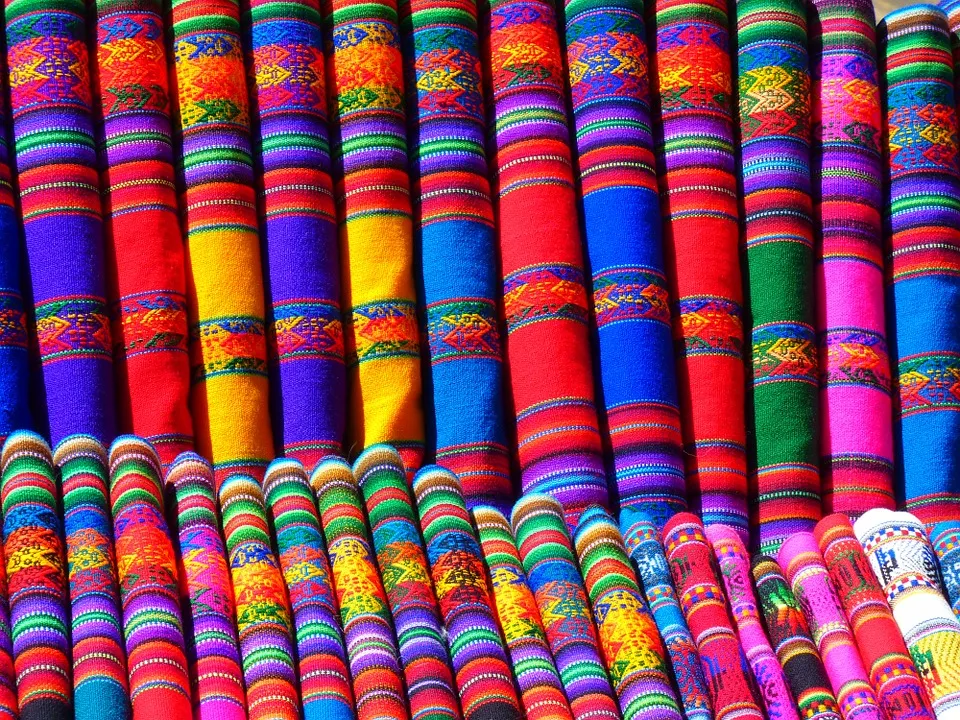
Plastic #7
Miscellaneous types, Such as Polycarbonate and Polylactide
Are difficult to recycle. These are a mix of plastics that may or may not contain BPA.
While Plastic can be hard to avoid. No matter what plastic you use, Avoid heating/cooling it to low or high temperatures. THis can break down the plastic causing it to leach chemicals into your food.
Plastic products marked with the numbers 2, 4 and 5 are the safer choices.
Try and avoid the rest whenever possible.
Plastic was a life changing invention. But we are now seeing the potentially harmful effects that it can bring us. Exercise caution when using it.
Here is a high rated Kindle book on Amazon, That will help you kick your plastic habits for good!
Thank you @elyaque for the awesome Badges!